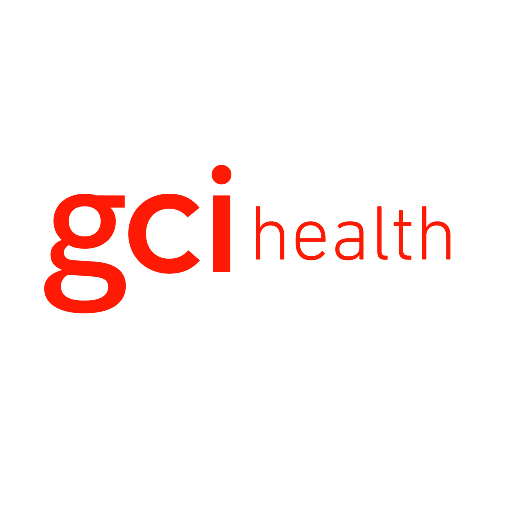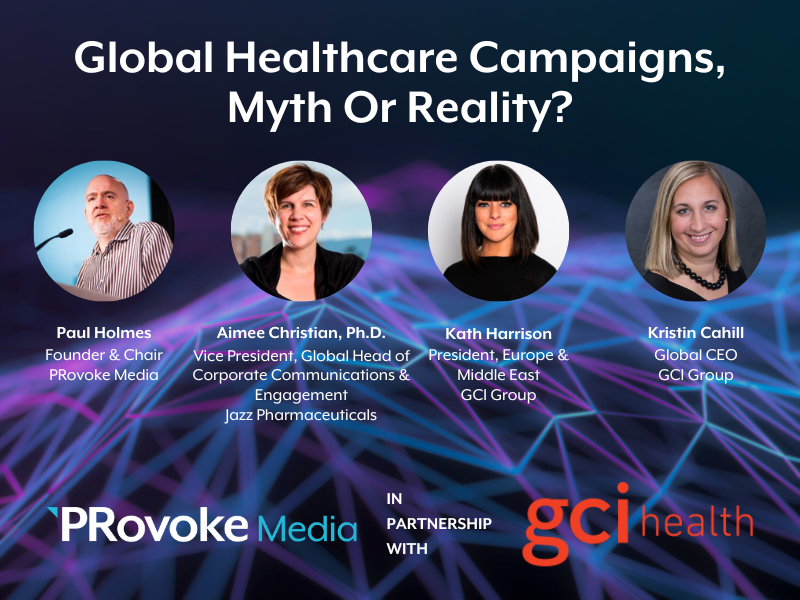GCI Health 16 Nov 2018 // 5:00PM GMT

The rapid spread of voice recognition technology is transforming the world. Already consumers are incorporating elements of Voice AI into their daily routines, while industries everywhere are competing to adapt the latest tools and technologies that are taking markets by storm.
In healthcare, however, there is notably more resistance. It makes sense that an industry including pharmaceutical companies would approach Voice AI developments with more caution than other brands. Their successes or failures as service providers have a critical impact on the lives and well-being of the public. And when you are dealing with literal life and death outcomes, it’s natural to be reserved in embracing technology that has been in popular use for less than a decade.
Yet the use of voice systems has already evolved from simple commands to entire ecosystems of applications and interactions, undergoing some of the most significant and swift developments of the past two years. In 2018, aligning your brand with these major technological developments is no longer a matter of efficiency. It’s a matter of survival.
The following tips are intended to help guide brands in the healthcare space as they explore the benefits of Voice AI and incorporate the technology into their strategy and workflow.
Getting Ahead of the Trend
Given the timescale of voice recognition development, you might think that the technology is still in its infancy, however this is categorically untrue. Voice search (e.g., Apple Siri) and voice assistants (e.g., Google Home and Amazon ECHO “Alexa”) are steadily on the rise, and it is predicted that 50 percent of interactions with technology will be through “conversation” by the end of 2020. Moreover, advances in machine learning mean that voice technology’s recognition of language is at 95 percent of human parity.
In other words, Voice AI is extremely popular and getting smarter every day. It’s time to get on board or risk getting left behind.
The Benefits
Now that we’ve examined some of the reasons healthcare has been reluctant to incorporate Voice AI, let’s consider the potential it holds among patients, doctors and healthcare providers. The more thoroughly pharmaceutical brands understand these benefits, the better they will be able to align their marketing strategies to them.
- It comes naturally to us. Audio is the most natural interface through which humans interact with one another. We like to speak and listen, and these are functions more easy to maintain during stressful situations than typing or writing.
- Patients are getting interested: More than half of adults who use the Internet say they are interested in using AI-enabled voice assistants for their health, according to Manhattan Research data.
- Remembering made easier. Patients have expressed that they want to use voice assistants to make day-to-day tasks easier, like scheduling doctor's appointments and medication reminders. A patient with bipolar disorder may take several daily medicines and regularly visit two or three doctors and therapists. Conveying all the information relevant to their medical case could be a grueling and stressful affair for them. Voice AI technology can mitigate the need altogether.
- It relies on fewer senses. Voice technology is hands and eyes-free. For elderly and visually impaired patients, this can be critical to the ease of their patient and customer experience. Daily Caring conducted research into how the Amazon ECHO "Alexa" is improving the quality of life for the elderly and giving caregivers a well-earned break. With voice technology, a patient need only speak and hear to control their applications. For patients who struggle with mobility, being able to communicate hands-free, vision-free, and from a distance can afford them a tremendous quality of life benefit.
- Improves customer service. Voice AI can provide the healthcare industry with a platform for dynamic assistance for patient member services by significantly improving and streamlining call-center support. This saves both time and money.
- Empowers patients and caregivers. Skills that monitor daily activities and adherence to medical requirements can now be accessible to patients who are physically or visually impaired. This empowers patients to take on a bigger role in maintaining their wellness. The caregiver burden is significantly reduced, thereby improving quality of life for them as well.
- Less paperwork. A massive reduction in paperwork is a huge win for busy physicians. With a recording system at hand, they can avoid writing or typing numerous patient records to include diagnosis and treatment notes.
What Does This Mean for Healthcare Brands?
Right now, speech recognition is exploding, with BCC Research revealing that the global market is expected to increase from $104.4 billion in 2016 to $184.9 billion in 2021. It’s popular, cost efficient and pervading every industry at scale. Pharmaceutical brands need to shift from simply “keeping pace” to thinking about how to take full advantage of the benefits Voice AI can afford them.
When considering integrating voice technology into your marketing mix, remember that voice technology cannot be an isolated strategy. Rather, at its most successful, it should be incorporated into a larger holistic digital ecosystem.
The following methodology – Identify, Plan, Map, Measure – is useful when determining how best to apply Voice AI to your customer base.
Identify: What do your audiences need? Perhaps it is more time, less burden, less paperwork, lower costs. Your strategy should be user-centered and take into consideration the specific challenges your customers are facing.
Plan: Develop your content, mapped to the needs of your users.
Map: Chart the different points of the user journey to certify that your plan is appropriate and will reap the desired benefits.
Measure: Develop a system that will allow you to analyze how your strategy is performing.
HIPAA: What to Know
The Health Insurance Portability and Accountability Act (HIPAA) was designed to secure patient protected health information, the security of which remains the biggest concern for those who are hesitant about the use of Voice AI in the healthcare sector. However, industry experts and thought leaders anticipate that while Alexa (and other Voice AI technologies) may not currently be compliant with HIPAA, they will become so in the very near future.
HIPAA compliance will mean that Voice AI is the future of the healthcare industry and companies that align their strategies to this future will find themselves reaping the full benefits of the Voice AI revolution.
Key Takeaway
Finally, consider how you will build empathy into the user experience. Voice AI is becoming more and more indistinguishable from human interaction, which cultivates trust and a sense of familiarity in users. Be mindful of this when creating your Voice AI tool. Recognize that it has limits and that it may not work for certain individuals (e.g., the speech impaired).
Pilot your tool, measure it, analyze the results and repeat this on a regular basis. Voice AI has the potential to revolutionize the healthcare system as we know it, making processes simpler, faster and smarter for everyone involved if we are willing to make the commitment. The innovations in voice technology are always evolving and improving, so be sure to keep pace with the developments and adapt accordingly. The opportunity is simply too great to ignore.
 Doug Weinbrenner, SVP, Digital, GCI Health
Doug Weinbrenner, SVP, Digital, GCI Health



































.jpg)














